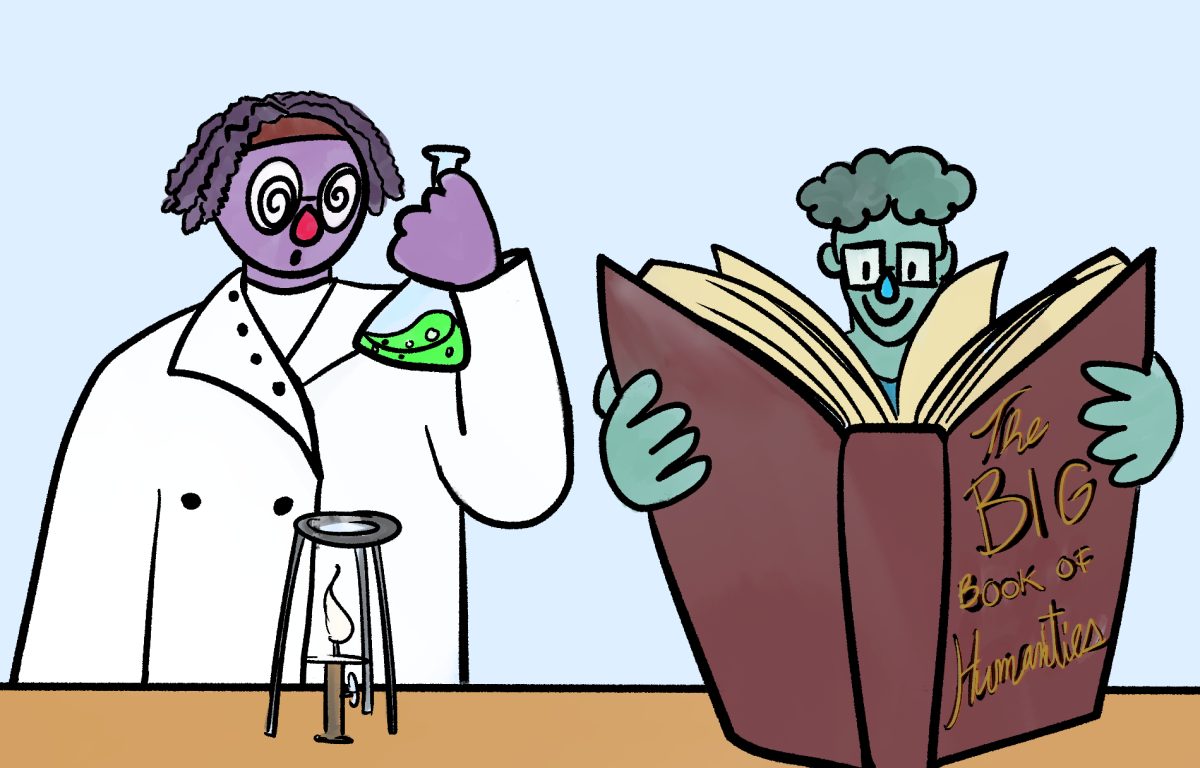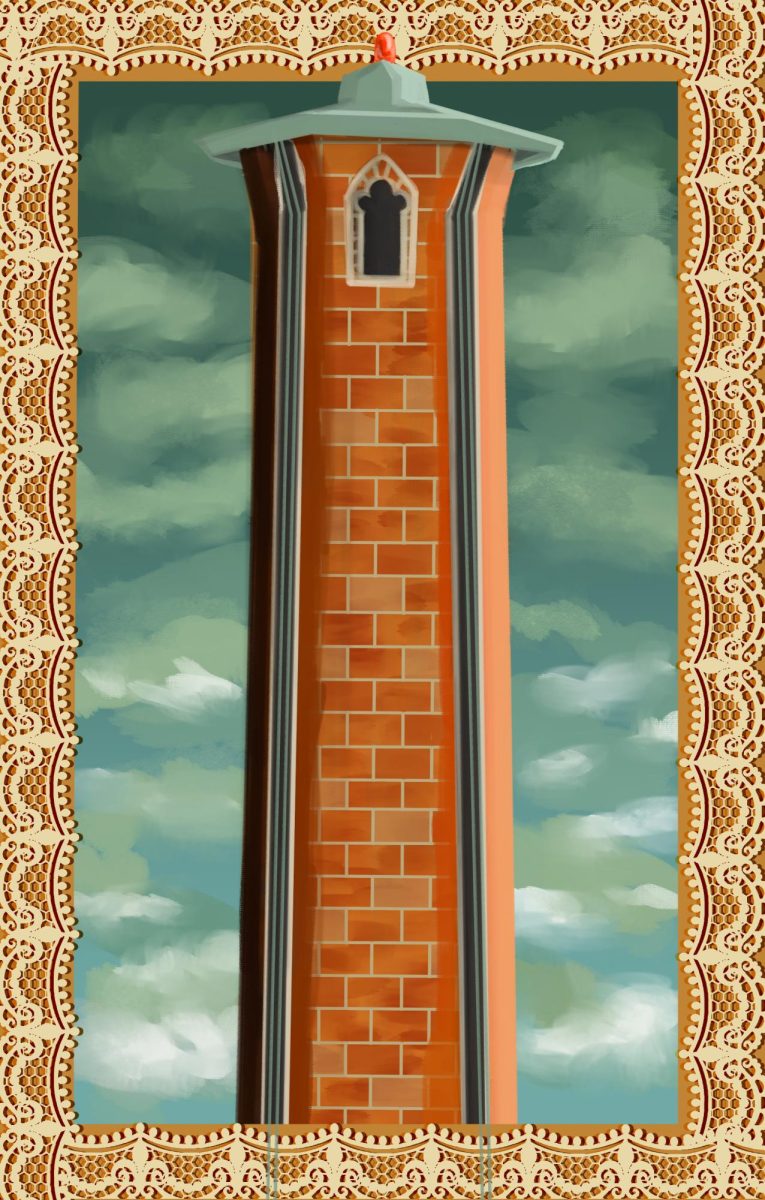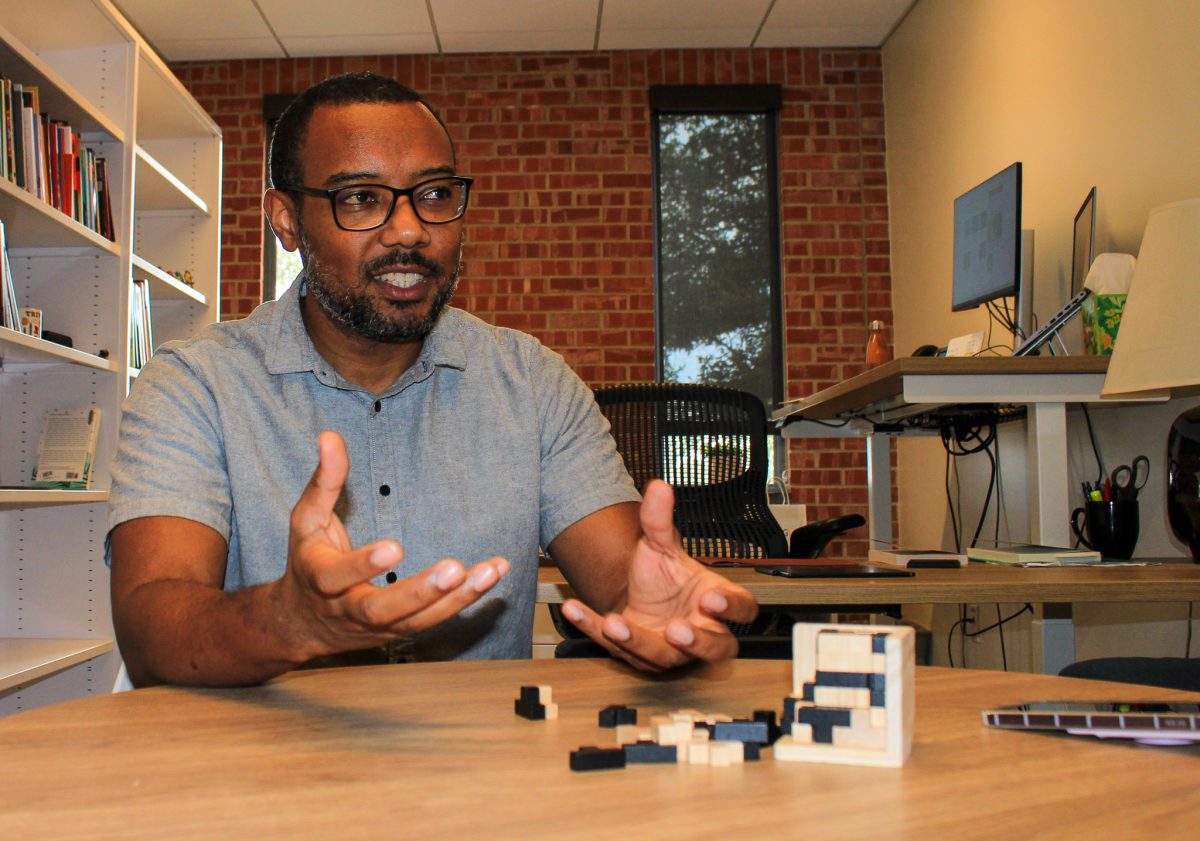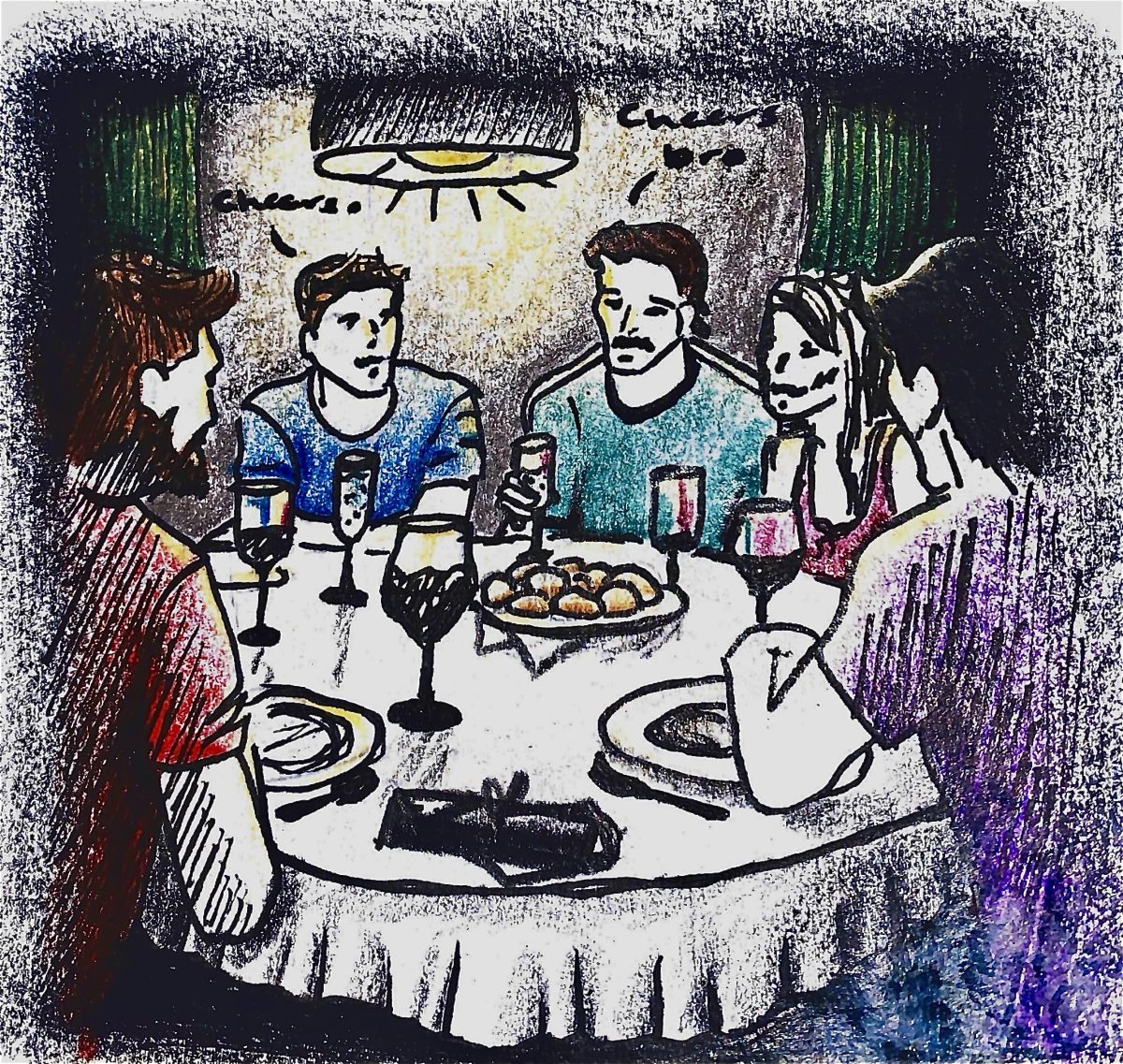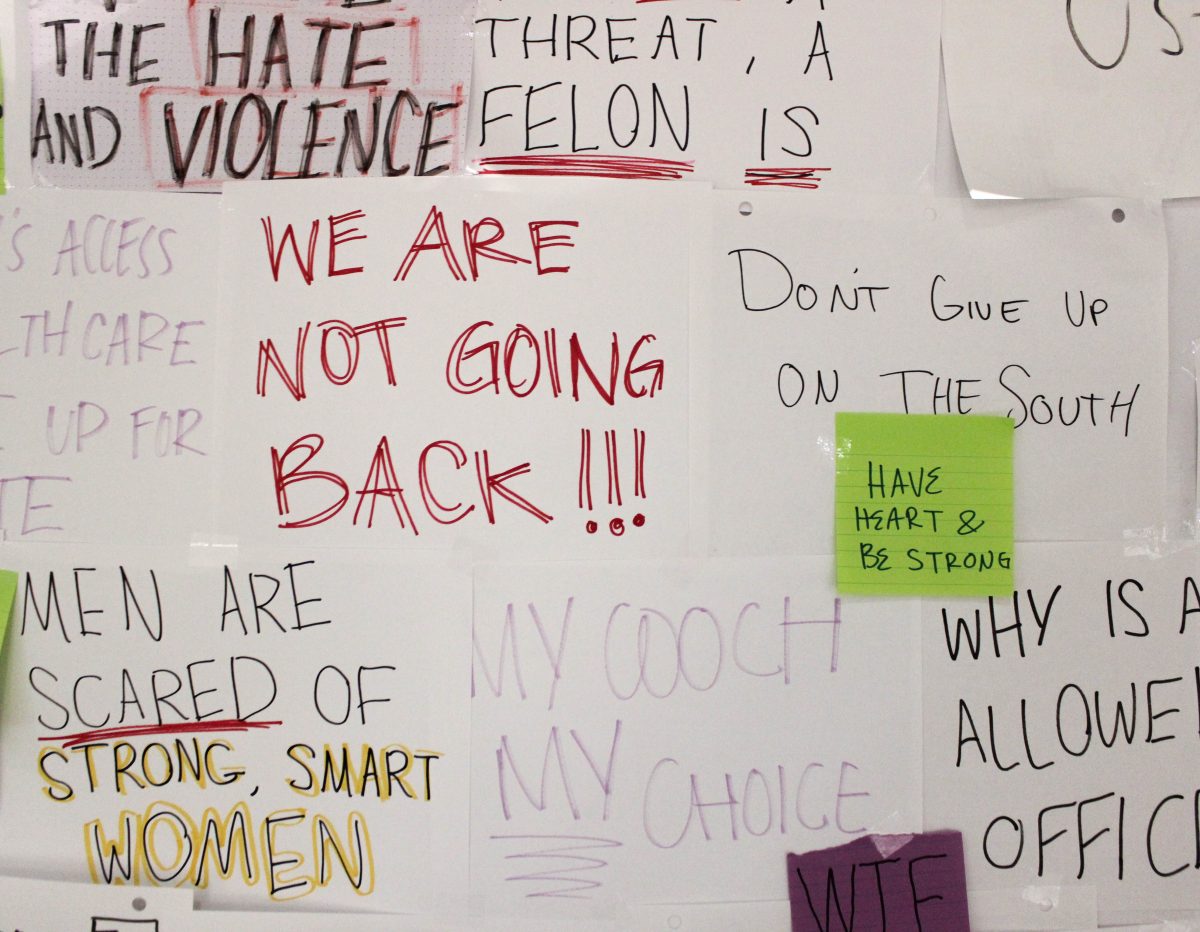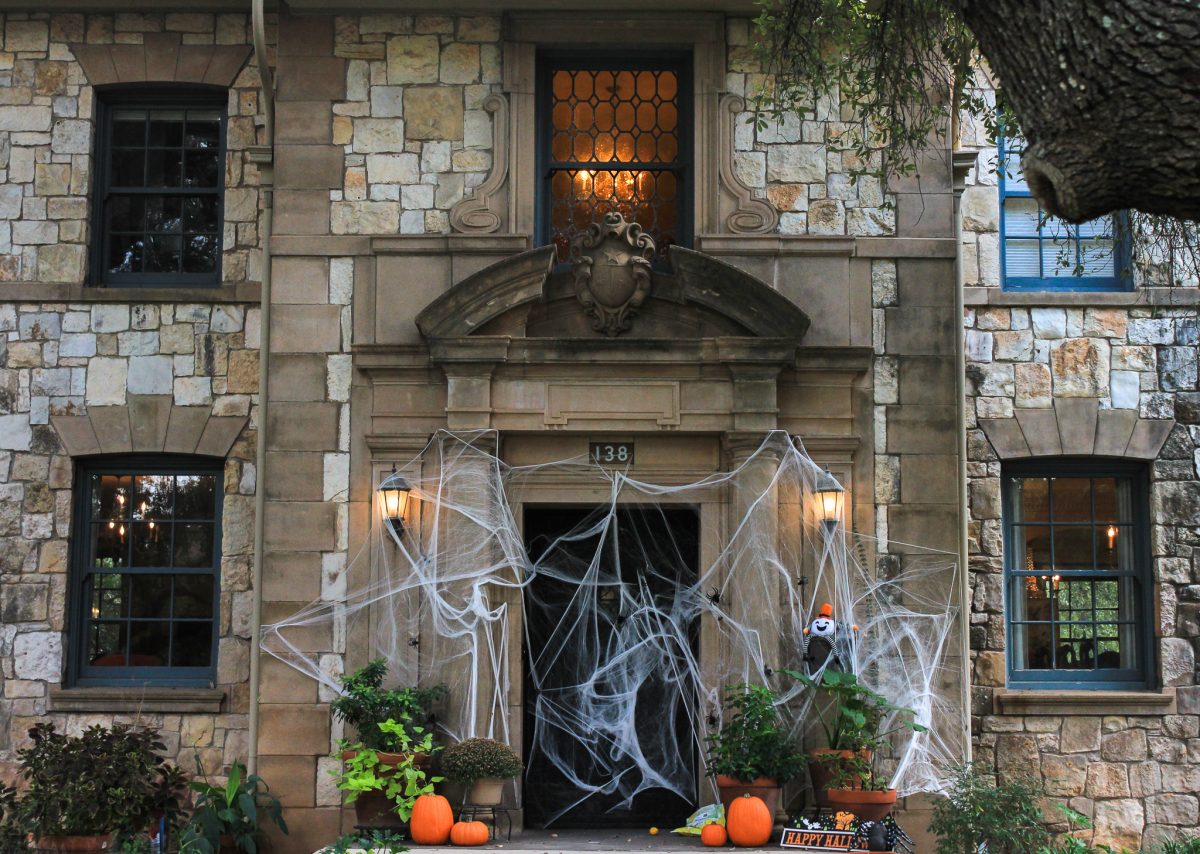On Tuesday, Jan. 21, critically acclaimed photography artists Shana and Robert ParkeHarrison gave a lecture on their artwork at Trinity University. They spoke on their art and how they have used the visual representations to spread the messages they feel strongly about.
Robert ParkeHarrison expressed the method in which they hoped to communicate their ideas.
“Like many other artists, we’re interested in communicating something through a visual language, and we chose a visual language that is poetic and not literal,” Robert said.
They hope the art will communicate how humans affect the environment and that people should help the environment instead of damage it. Many of the early works depict one man who is literally Robert ParkeHarrison, but represents mankind, in an exaggerated scenario with nature.
“Bob was just the white guy, so in a way it was the white guy fixing what the white guy broke,” Shana said.
This art explored how humans have damaged the environment and how the rise of technology has affected the impact made by people. The artists have done multiple series where the ideas have taken on different forms and have either had color or been black and white, but there is one idea that runs through all of them, according to the lecture.
“Central to our work is the triangle relationship between humans, nature and technology,” Shana said.
One of their earlier projects was entitled the “Architect’s Brother” and featured a single man dressed in a suit who interacted hyperbolically with nature. These photos were black and white and often depicted the man trying to fight for nature and fix issues that are seen. He represented the everyman and was meant to be relatable. This series is on display at Trinity next to the Ruth Taylor Recital Hall. After this series, however, they moved into color images that were darker and not as hopeful.
“The sole person was no longer always the steward, but sometimes the problem. The protagonist is now nature,” Shana said.
The artists tried to keep the message clear in their art without losing the artistic aspect that is needed when trying to create an art piece. While the message needs to be clear, the art of the projects also needed to be clear. One attendee, Juan Leon, seemed to think this was accomplished.
“I was impressed by the cohesiveness of the message and how they were able to integrate the artistic ability with their philosophical underpinning of their message in such a compelling way,” Leon said.
The artists did say they paint upon the original photographs to add aspects they want to help portray the message through art.
“We really want people to think of these as paintings,” Shana said.
The crowd in attendance took up around half of the recital hall and was very attentive to what the artists had to say. Some of those in attendance were people who had a similar interest and wanted to expand their knowledge, while others simply thought the lecture would be entertaining.
“As a beginner photographer with a professional photographer as a father, I found the dark side of the photos pretty neat. It’s mysterious, so it keeps you guessing,” said first year Wade Hoffman.

